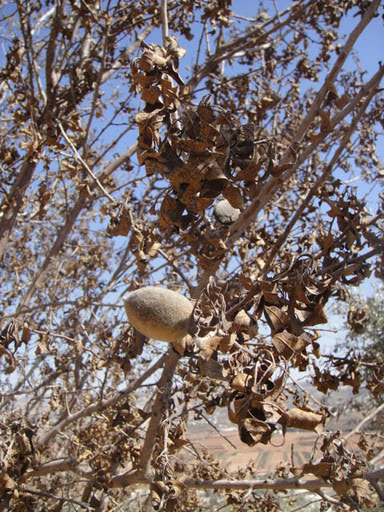Tag: Settlers
-
Palestinian Freedom Riders to ride settler buses to Jerusalem
13 November 2011 | Freedom Riders Inspired by the Freedom Rides of the US Civil Rights Movement Palestinian activists will attempt to board segregated Israeli settler buses to occupied East Jerusalem Groups of Palestinian Freedom Riders will attempt to board segregated settler buses heading to Jerusalem through the occupied West Bank this Tuesday November 15,…
-
Solidarity with the Palestinian Freedom Riders
10 November 2011 | Jewish Voice for Peace On November 15th, Palestinian activists will attempt to board segregated Israeli settler public transport headed to occupied East Jerusalem in an act of civil disobedience inspired by the Freedom Riders of the U.S. Civil Rights Movement. Fifty years after the U.S. Freedom Riders staged mixed-race bus rides…
-
In Photos: Burin withstands settler violence
by Amal 9 November 2011 | International Solidarity Movement, West Bank In the past three years Burin has faced increased settler violence. This small village of approximately 3,000 people deal with a constant threat of settler attacks or Israeli army harassment. Three settlements surround Burin: Yitzhar, Bracha, and Givt Arousa. The residents of these illegal…



